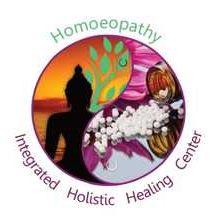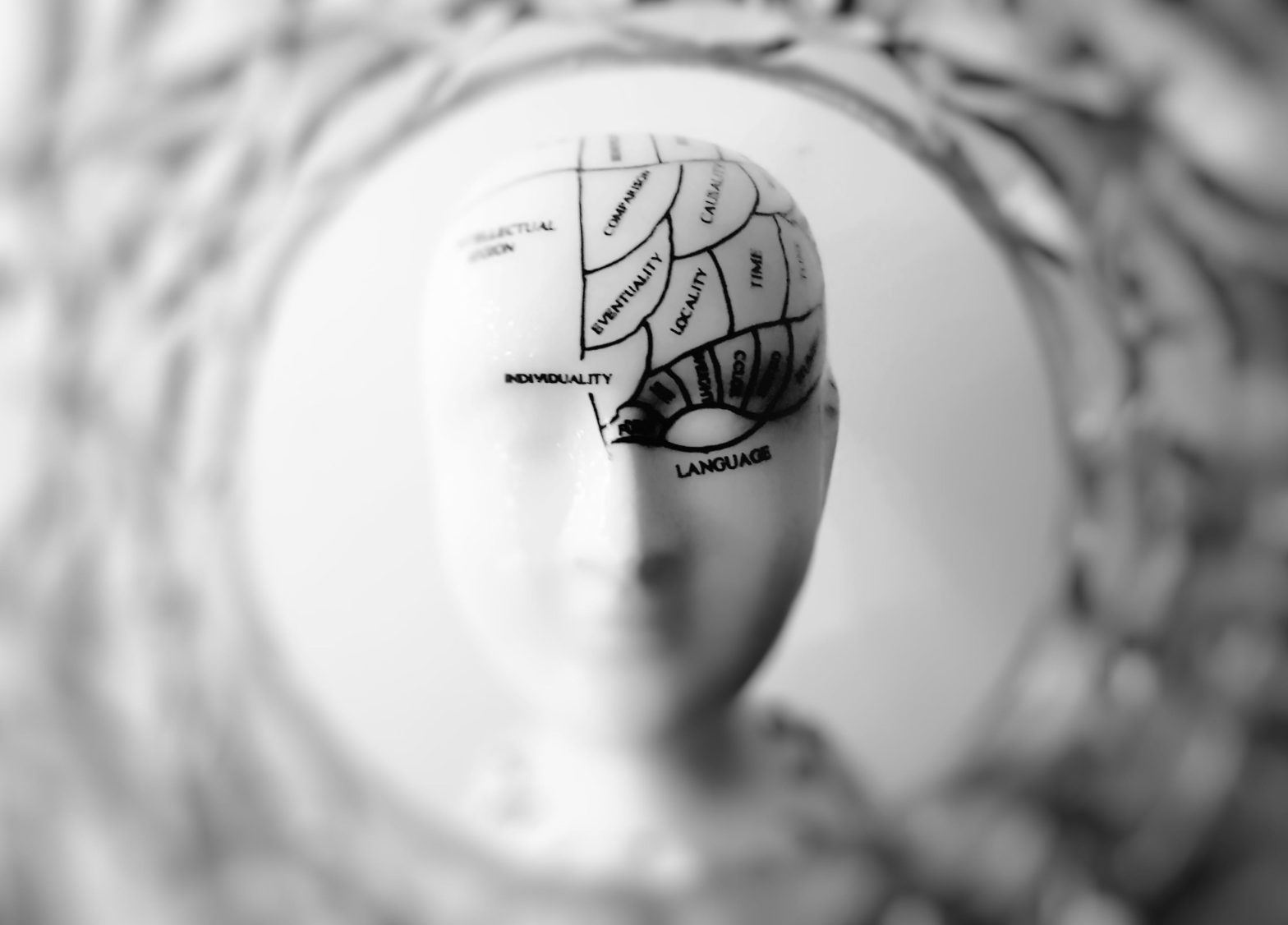It has always been easier to understand and accept a physical pain, let’s say a headache, abdomen pain, chest pain, knee pain etc. These are concrete.
Mental health, on the other hand, is less talked about, cautiously shared, secretively discussed probably because of the stigma attached to it. It’s not only difficult for it to be expressed by the people who go through it but also is judged and labelled, which makes it go into a pandora’s box only to be faced with greater intensity sooner than we think.
It’s just like any other pain in our organ systems which deserves its due attention. So, let’s call it “Pain In The Brain”.
Brain and mind are not the same, but we often connect them. Its often used interchangeably. Brain is physical. Mind is abstract.
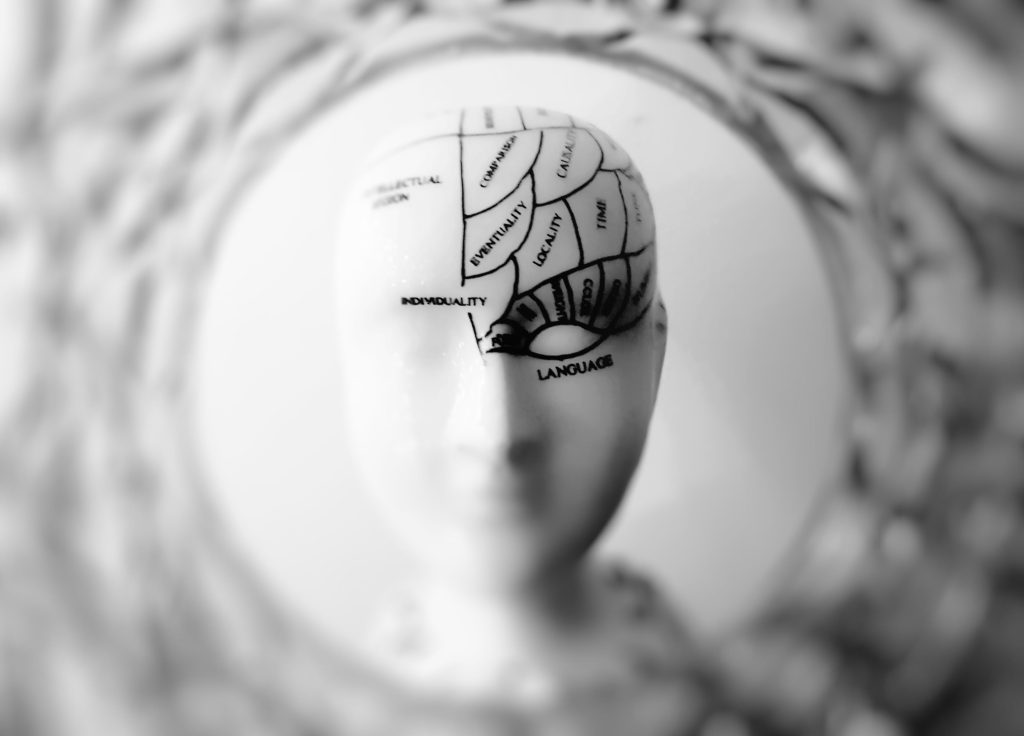
Do we or YOU think abstract is not real?
The mind drives the physical body. Numerous studies have shown “stress” leading to “physical ailments”. In homoeopathy invariably we try to trace the physical ailment, to its probable (I would say most certain!) “emotional trigger”. The term is psychosomatic. ‘Psycho’ refers to ‘mind’, ‘soma’ refers to ‘body’.
This is a very well-known term now, as in the last decade there has been a surge of mental illness.
We come across people with individual mental make-up daily! it is interesting to note being in the same room, how a person can be totally unaffected by dripping water from a tap and another person cannot sit till the leaky tap is mended!
While a person would be prepared for the exam much before the final date and the other person would be preparing the night before for the same! We understand this better by the name: personality. we have books with detailed descriptions of personality types and yet we may find people who don’t fit in the types according to books.
That’s where Homoeopathy pitches in, beautifully acknowledging and accepting the “personality”, exploring the connection between the psychological/behavioral aspects on the bodily processes and also affecting the quality of daily life.
In homoeopathy, the psychological evaluation is integrated with other diverse specialties including internal medicine, neurology, pediatrics, dermatology, surgery, psychoneuroimmunology.
The homeopathic prescription is based on this integrated approach.
Thankfully, we have a science which integrates mind and body and has interdisciplinary view. The balance of this network is what the medicine seeks to restore.
Let’s go ahead and try to make sense of our emotions from the other side…. the brain side.
THE LOGIC OF EMOTIONS

Do you believe that emotions are illogical?
Limbic system, a part of brain, is responsible for behavioral and emotional responses. The basic emotions including fear, anger, happiness and love are said to originate here.
The structures of the limbic system are still under evaluation, researchers have generally accepted the amygdala, limbic cortex, hypothalamus, hippocampus and the olfactory cortex as the components of limbic system.
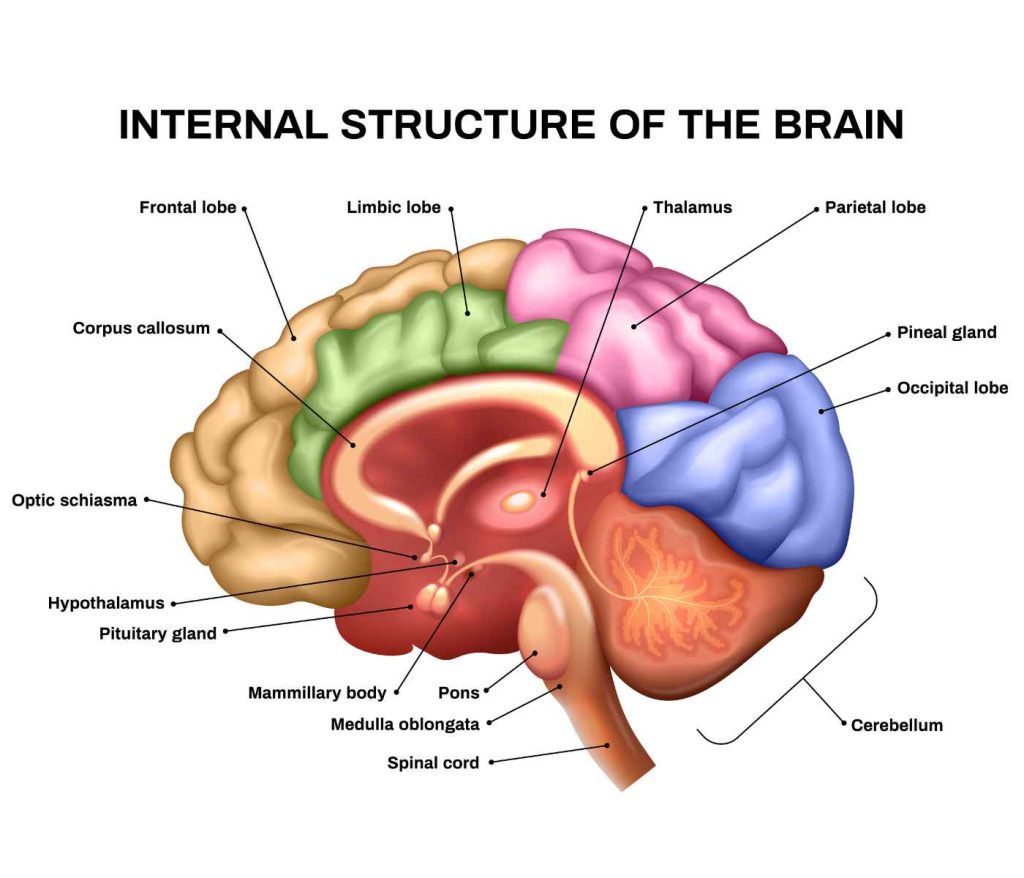
1. Amygdala
This regulates fear and anger. It helps to coordinate responses with the environment. Along with the help of hypothalamus it initiates fight or flight response and sends signal to adrenal glands to secrete hormones such as adrenaline and cortisol. These hormones when enter the bloodstream causes physical changes such as increase in:
- Blood sugar
- Heart rate
- Breathing rate
- Perspiration.
Along with this amygdala also plays a role in fear learning. This means that it develops an association with certain situations and feelings of fear.
For example, if in past one experiences fear on seeing a snake after hearing rustling of leaves, then in future there is a possibility that rustling of leaves will be associated with the feeling of fear of snake, even though there is no snake.
Similarly, “anger” starts with the amygdala stimulating hypothalamus, much like in fear response, in addition parts of prefrontal cortex may also play a role in anger.
2. Limbic Cortex
This part contains two structures, the cingulate gyrus and the parahippocampal gyrus. Together they impact mood, motivation and judgement.
The sense of happiness partly arises from limbic cortex and an area called precuneus which processes certain information and converts it into feeling of happiness.
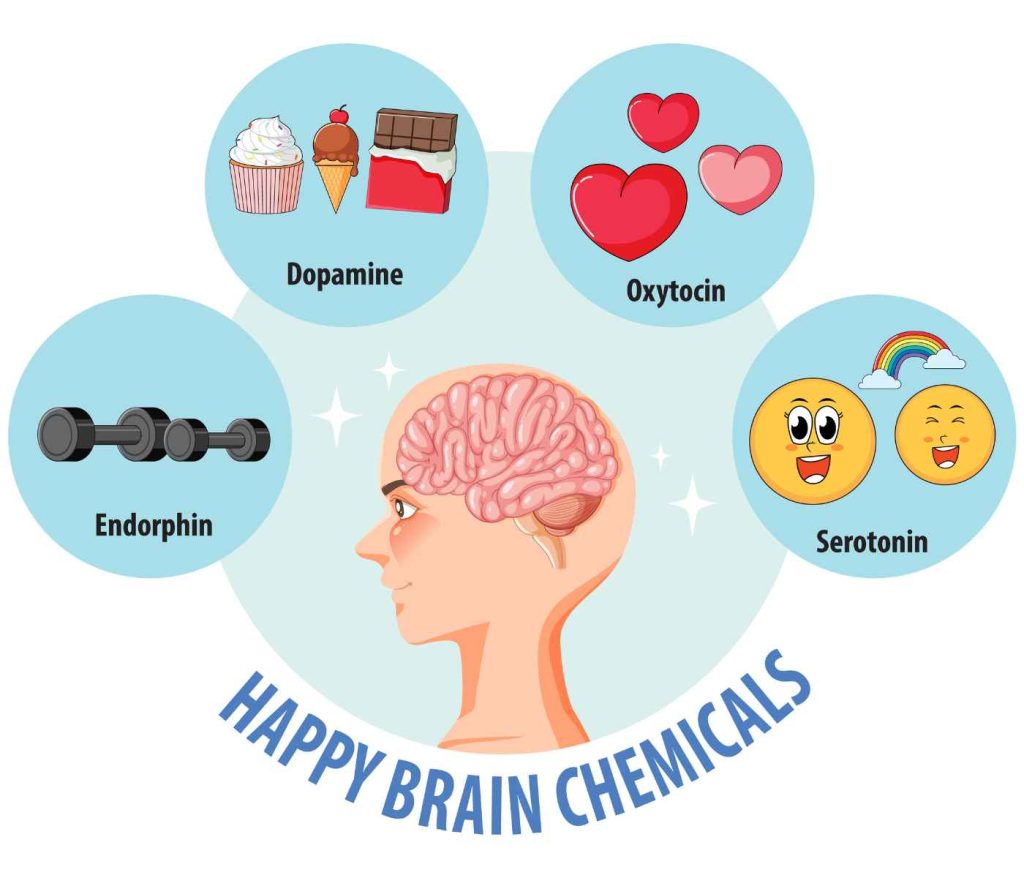
3. Hypothalamus
In addition to controlling emotional responses the hypothalamus is also involved in sexual responses, hormone release and regulating body temperature.
The whole idea of “romantic love” is based on this integrated mechanism of hormones such as dopamine, oxytocin, vasopressin which is released into the blood stream because of hypothalamus trigger.
Dopamine is associated with your body’s reward system. This helps make love a desirable feeling. Dopamine is the “feel- good hormone” or the “happy hormone”.
Things that gives us pleasure, satisfaction, motivation triggers dopamine release. For example, exercising, shopping, sex, watching a movie or anything that makes you feel good, releases dopamine and this is involved in reinforcement.
‘Reinforcement’ here means that you would want to do that act more and more to feel-good or to experience the same pleasure again and again, this is what leads to addiction. This can be understood easily with examples of drug addiction, gambling, alcoholism and screen time.
Like Dopamine, another neurotransmitter “serotonin” plays a vital role in mental health. More than 95% of serotonin is produced in the intestine and the rest in your brain: pineal gland. Serotonin plays a key role in mood, sleep, digestion, wound healing, bone health, blood clotting and sexual desire.
Oxytocin often referred as “love hormone” or “cuddle chemical” is associated with social bonding, trust building and sexual arousal. Oxytocin is produced in hypothalamus and released through pituitary gland. It increases when you hug someone or have an orgasm.
This plays an important role in building trust and relationship. It facilitates childbirth and breastfeeding. It promotes a sense of calmness and contentment. May be, a tight and prolonged hug can calm a child during tantrums.
Vasopressin also has a similar role like oxytocin in social bonding. They work as an integrated and adaptive system.
4. Hippocampus
Its function is associated with memory, learning, spatial navigation and regulating emotions. Its largest job is to hold short term memories and transfer them to long-term storage in our brains. Damage to hippocampus can lead to memory impairment.
5. Olfaction
This refers to the sense of smell. Interestingly odors are powerful stimuli that can evoke emotional states and support learning and memory. It is due to the uniqueness of the anatomy of the olfactory pathways.
Unlike other sensory systems the sense of smell does not pass through thalamus to be routed to cortex. Rather, odor information is relayed directly to the limbic system, which is associated with emotional process. The entire perfume industry is built around this fact.
The olfactory cortex is part of the limbic system and it has connections with amygdala and hippocampus.
May be this is the confluence point for mind and body. The sensory pathways, especially the olfaction can help us reach the source of disturbance of our intricately woven network of emotions and its influence on our physical health. Which a homoeopath tries get at. This needs a lot of detailed research still, though we can see a connection.
Now we have an idea and comfort that its not just our feeling. Its real. And it can be regulated along with medicines and application of individualized strategies. And for this we need to understand the network: PNEI axis : A Psycho- Neuro- Endocrine – Immunology axis
This topic is still being explored. There has been evidence of relationship between existence of emotional and psychological process, the nervous system, endocrine system and the immune system. This complex network interacts and influences each other.
An individual’s response to stress is provoked by genetic and psychological factors, which explains the large variability in the responses to similar stimuli. Chronic emotional stress has a direct influence on inflammatory processes, autoimmunity and secondary hypersensitivity.
In homoeopathy, with this understanding, we come up with preventive and therapeutic measures to restore health. That’s precisely why your homoeopath asks you those detailed questions trying to gather your psychological information, when you have just come for your allergic rhinitis, asthma, urticaria, PCOD or any physical ailment.
This article is intended to emphasize the importance of the role of mind over brain and body.
There is no health without mental health.
